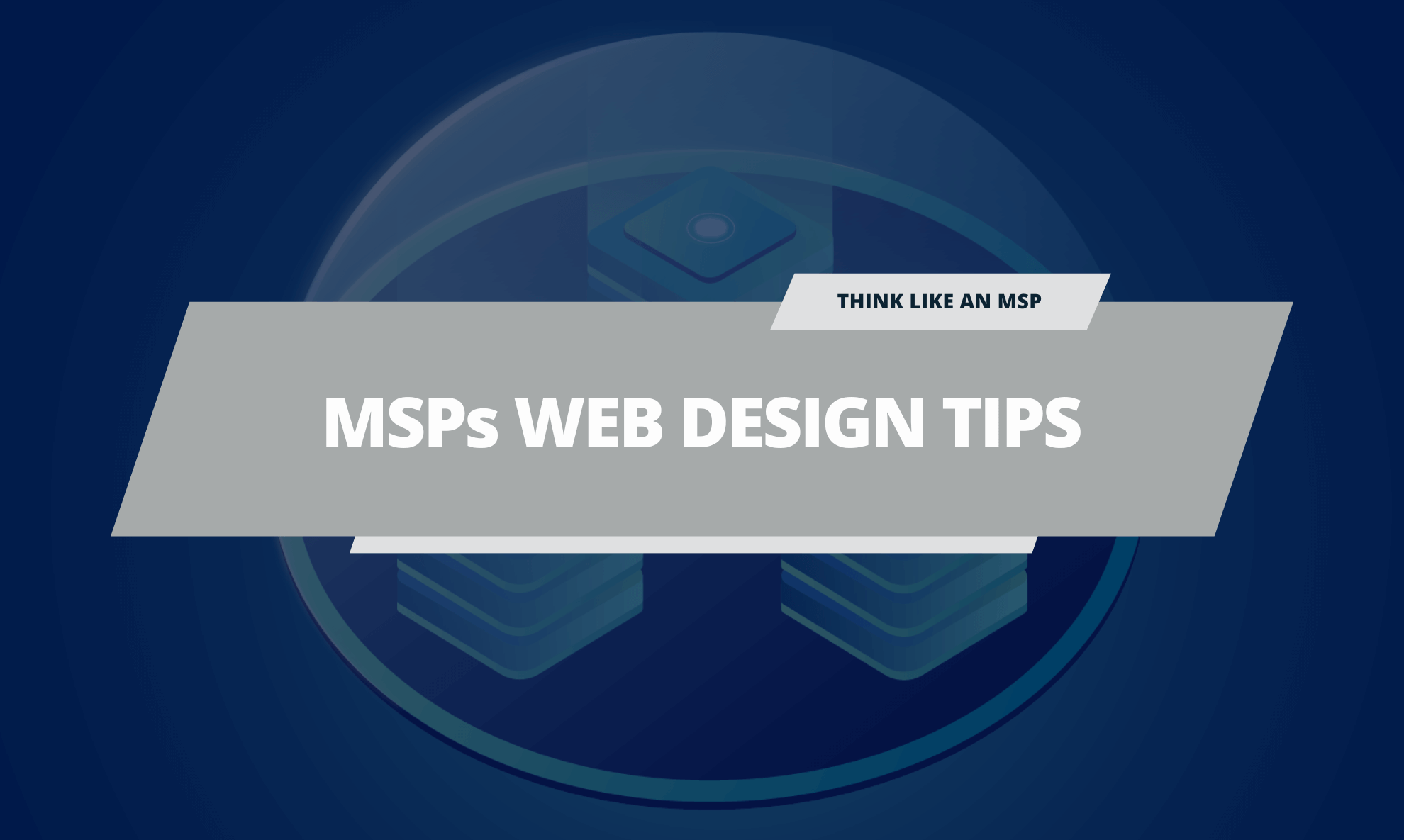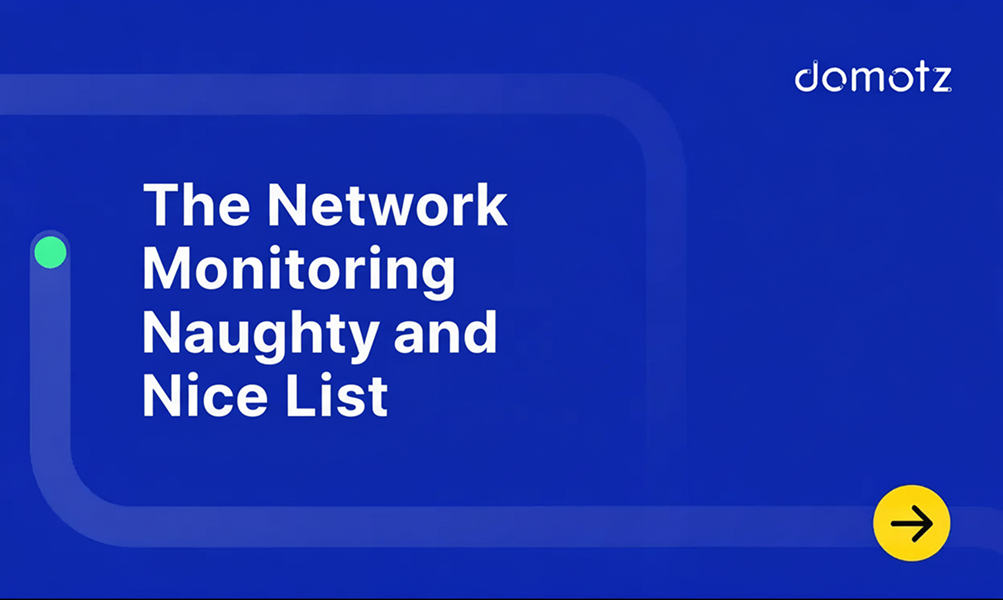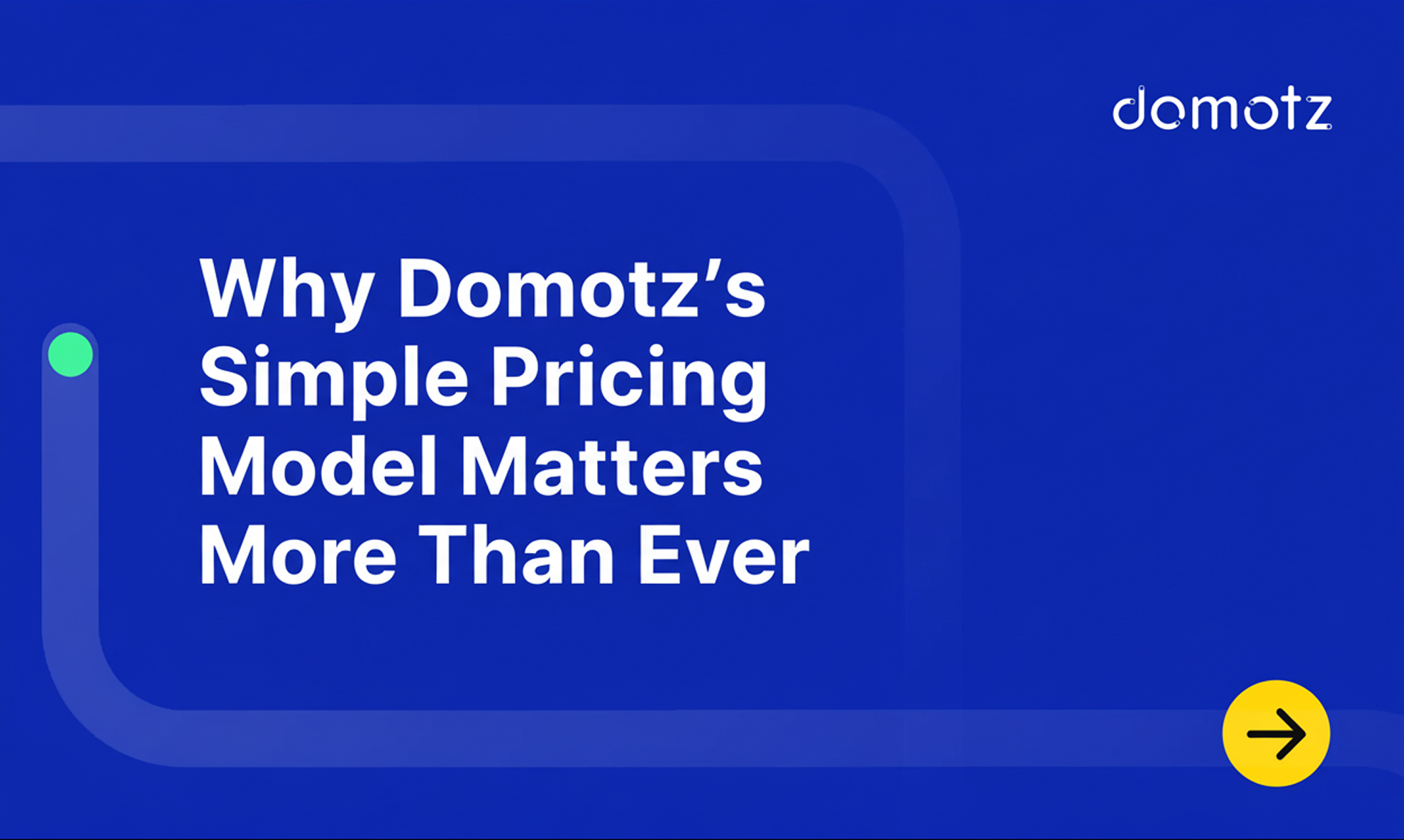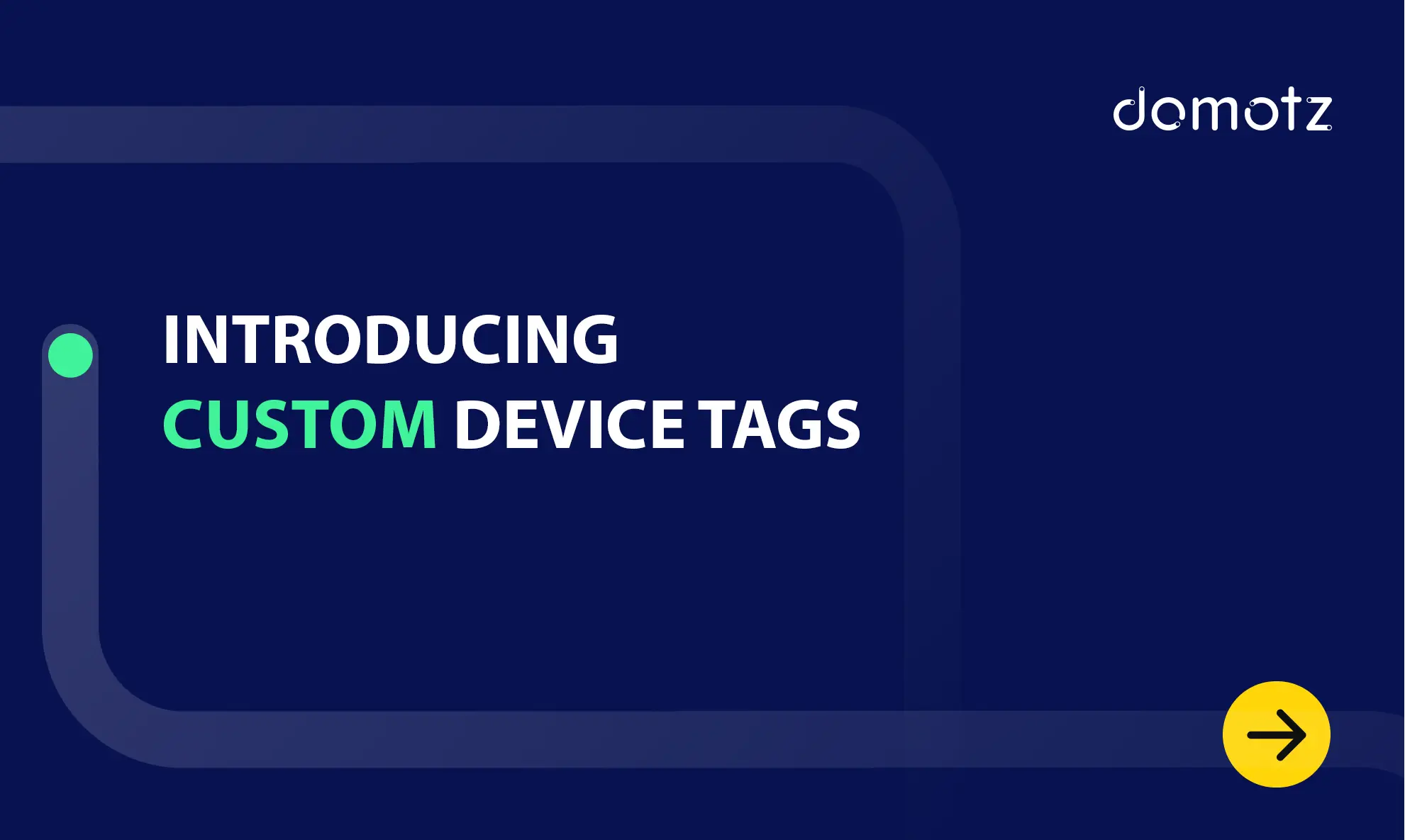If you need MSP website design tips, you’ve come to the right place. This article is all about creating an MSP website design that builds trust with your audience.
To start off, building trust with your website visitors is one of the most crucial steps to gaining new customers. This article is going to cover the critical areas of your website design you need to focus on to build real trust with your visitors.
Here are our actionable MSP website design tips you can use to turn your visitors into paying customers:
- Explain Who You Are
- Describe Your Brand
- Design Your Brand
- Build a High-performing Website
- Invest in SEO writing
1. Explain Who You Are
You must be transparent about who you are and who you serve when designing an effective website. This is so your visitors know within a couple of seconds whether they’ve arrived in the right place.
Firstly, start by describing who you are.
Secondly, describe the services you offer.
Further, who you serve.
Most importantly, how you solve your customers’ problems.
Be clear about your products and services and explain why your potential client needs them.
Here we summarize some fast tips on what to add:
- Photos of Real People: Make sure to use photos of your team members to help website visitors get to know the people behind your business. Avoid excessive use of stock images for this reason, too, because it can feel impersonal, and generic.
- Publish Your Awards: Has your business won industry awards? Highlight these on your website for further proof of your expertise!
- Add Testimonials: Featuring real testimonials from your previous clients, comments from social media, and case studies are all forms of ‘social proof’.
In other words, potential clients don’t just have to take your word for it because others are saying it for you. It’s one of the most powerful marketing tools you can use!
2. Describe Your Brand
Now that people know who you are and what you offer, you must describe a little more about yourself. Here is how:
Clear and Concise Messaging
Your website’s homepage should communicate your MSP’s value proposition clearly and concisely. Use straightforward language that resonates with your target audience. Highlight the key services you offer and the unique benefits clients gain by choosing your MSP. Avoid technical jargon that might alienate non-tech-savvy visitors.
Video Content
Incorporate video content to convey information in an engaging way. Video backgrounds, product demos, and explainer videos can enhance the overall user experience.
Social Media Integration
Integrate social media seamlessly into your website. Social sharing buttons, feeds, and other integrations can help boost your online presence and connect with your audience.
Data Privacy and Security
Given the increasing concern for online privacy, prioritize data security. Clearly communicate your privacy policy, use HTTPS, and comply with relevant data protection regulations.
Up-to-date Information
In addition to crafting clear and concise messaging, regularly updating your website is equally crucial for maintaining its relevance and effectiveness. An updated website not only reflects your commitment to staying current but also ensures that visitors are greeted with the latest information about your services, achievements, and any recent developments. Fresh content not only enhances search engine visibility but also encourages return visits, demonstrating your active engagement and dedication to providing up-to-date, valuable information. Regular updates showcase a dynamic and evolving business, instilling confidence in your audience and reinforcing the notion that your MSP is a reliable source for cutting-edge solutions in the ever-changing landscape of managed services.
Contact Information
Providing clear avenues for potential and existing customers to contact you is a must – especially as an MSP business. Customers need to feel secure that they can speak to a real person and find the answers they need at any time, at every stage of the buying process, effortlessly. Plus, companies without readily available contact information feel untrustworthy in visitors’ eyes. You must display contact information where it’s obvious and do it several times. If visitors need to hunt down how to get in touch with support or sales, they won’t stick around for long.
3. Design Your Brand
Your website content should embody not only superior quality but also feature high-quality design.
Designing a brand that resonates requires a strategic blend of creativity and purpose. Here, you’ll find some quick tips:
Professional Branding
Invest in professional branding elements such as a clean logo, a cohesive color scheme, and consistent typography. A polished and visually appealing website design instills confidence and reflects positively on your MSP’s professionalism. Make sure your branding is consistent across all pages for a cohesive and memorable user experience.
Mobile-First Design
Ensure your website is designed with a mobile-first approach. With the increasing use of smartphones, a responsive design that works well on various devices is crucial.
Minimalist Design
Embrace minimalist design principles for a clean and uncluttered look. Focus on essential elements and declutter unnecessary elements to improve user experience.
Dark Mode
Consider offering a dark mode option for your website. Dark mode is not only trendy but can also reduce eye strain, especially in low-light conditions.
Typography Matters
Choose clear and readable fonts for your website. Large, bold typography is a popular trend and can make a significant impact on the overall design.
Custom Illustrations and Graphics
Use custom illustrations and graphics to give your website a unique and memorable visual identity. This can help your site stand out from the crowd.
4. Build a High-performing Website
Crafting a high-performing website is more than just a digital presence; it’s a strategic endeavor that involves a seamless blend of design, functionality, and user experience to captivate visitors and drive meaningful engagement.
Cross-Brower/Device Compatibility
Your website must work correctly, no matter what browser or device a visitor is using. This is a crucial element in creating an effective MSP website as visitors could use thousands of combinations of browsers and browser versions, smartphones, tablets, and computers. Websites that cut off text, don’t load images, and fail to display menus and widgets are offputting and will have visitors trying your competitors instead.
Website Page Speed
All of your SEO efforts could be in vain if you have a slow website, as Google penalizes websites with a long page load time. And critically, a slow website is infuriating for customers.
Web Performance Optimization
Prioritize performance optimization for faster loading times. Optimize images, leverage browser caching, and minimize HTTP requests to enhance user experience and SEO.
Micro interactions
Implement subtle animations and micro interactions to provide a more engaging and interactive user experience. This can include hover effects, button animations, and scrolling effects.
Accessibility
Ensure your website is accessible to users with disabilities. Follow web accessibility standards (such as WCAG) to make your site usable for everyone.
Choose the Right Tools
Monitoring the website speed and more can be a very time-consuming task for an MSP. Don’t worry, there are plenty of tools that can help you! For example, Domotz can provide website performance monitoring including user experience improvement, conversion rate optimization, and more.
Make it Smarter
How to make all we said above well-performing for your website? Do some research! Firstly, your website design team needs to understand which browsers and devices are most commonly used by your target audience. You can do this by checking your website analytics and reporting features. Next, you can physically test on these browsers and devices or use browser emulators and cloud-based platforms that can help you test on a variety of devices and make changes where necessary. Finally, make sure to test regularly, as browser versions and devices change at lightning speed.
5. Invest in SEO Writing
Investing in SEO writing involves strategic keyword research, creating engaging and relevant content, and optimizing on-page elements.
Focus on producing high-quality, informative articles that cater to your target audience’s needs.
Regularly update content to stay current and maintain search engine relevance.
A thoughtful and consistent investment in SEO writing enhances visibility, drives organic traffic, and ultimately boosts your online presence. Tools like SemRush will show you potential candidates for your primary keyword.
Read more about SEO writing here.
A Bonus Tip
Visitors’ attention spans are shortening, and they won’t stick around long enough to find out if your business is a good fit for them. Nearly half of website visitors expect a website to take 2 seconds or less to load. Where do they go after they abandon your slow website? Your competitors.
Here’s how to ensure your site is lightning-quick.
- Optimize images so they’re smaller
- Switch to a quicker DNS
- Upgrade your hosting provider if your traffic has increased
- Enable compression so that your CSS and HTML files are smaller
- Remove unnecessary plugins on your website
Many sites provide a report on the page loading speed of your website, like PageSpeed Insights by Google. Don’t forget you’ll also need to test for both desktop and mobile devices.
Further reading:
- What is Website Content Monitoring?
- 5 MSPs Website Design Tips to build trust & credibility
- Applications and cloud services monitoring
- Domotz Custom Scripts Monitoring



